Trying to get to Telegraph Creek, BC, in 2021. To be or not to be?
Trying to get to Telegraph Creek, BC, in 2021, just seems to be something that isn’t going to happen. But not for lack of trying!
[rtoc_mokuji title=”” title_display=”” heading=”” list_h2_type=”” list_h3_type=”” display=”” frame_design=”” animation=””]
Telegraph Creek, in northern British Columbia, is a gem few people know of and even fewer have visited.
Yet some people come from there, like my wife, Kathy’s mom. Her mom’s mom and dad were born there, too. Her great-great grandfather was a trader who followed the various gold rushes of the 1800s from California to the Yukon. His story will hopefully be the subject of another post. It is a fascinating one!
A Family Connection
Her granny’s dad delivered the mail between Telegraph Creek and Atlin. Later, he was the road maintenance foreman. Their house (or what’s left of it today) is the first one you see as you entered the Stikine riverside community from the top. Now known as “the Vance house,” it was one of the last in the early days, as the main entrance to the community was where the riverboats landed at their ramps just off Stikine street.
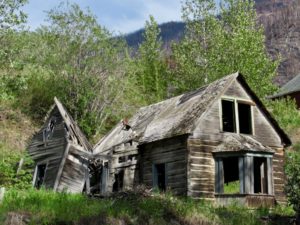
Above the Vance house was Kaska and “White Kaska,” the reserve and the community across the creek from the reserve, where mainly First Nations people who had lost their status. In those days, First Nations women who married white men lost their status. That has been somewhat rectified in modern times, but that’s the way it was the first time we visited.
We first traveled to Telegraph Creek from our first home in Prince Rupert, BC, in 1979. The road north, now known as Highway 37, was brand new, and it was pretty rough in a lot of places. It had grown in a piece-meal mix of mining and logging roads that connected with each other bit by bit since the 1960s. A road finally made it south from the Yukon to service the asbestos-mining town of Cassiar, BC. (now closed) and from there, finally connected with Dease Lake, BC.
Disclosure: This post contains affiliate links. This means we may make a small commission if you make a purchase. This doesn’t cost you any more but it does help us to continue publishing helpful content – thank you for your support!
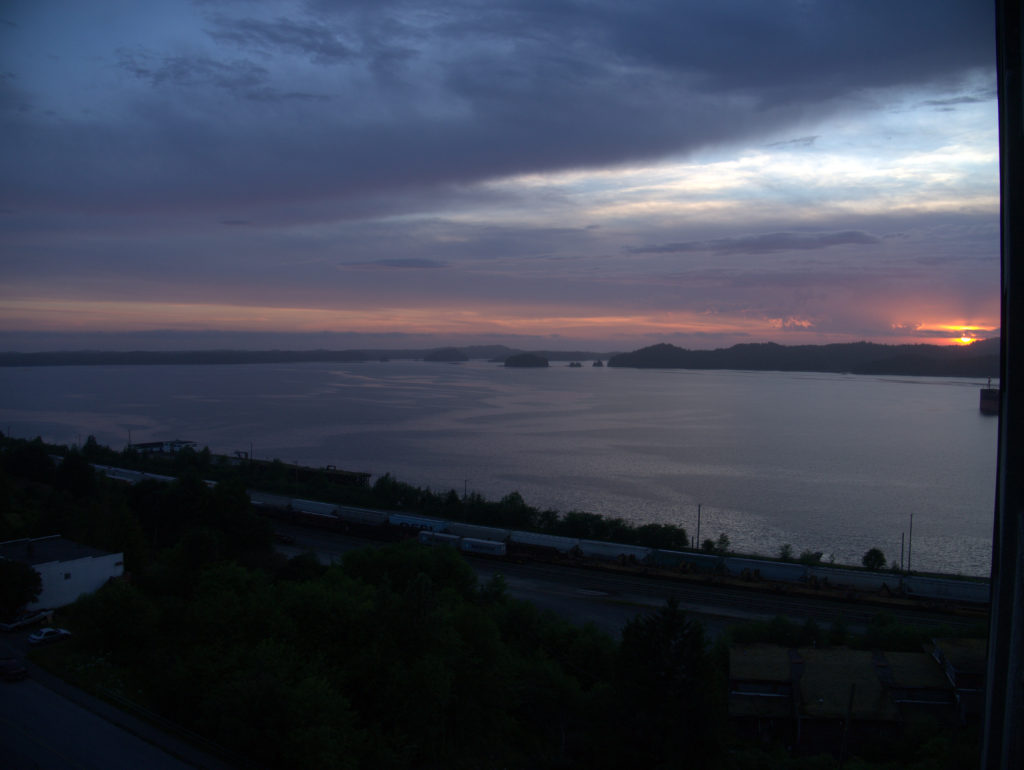
From Rivers to Roads
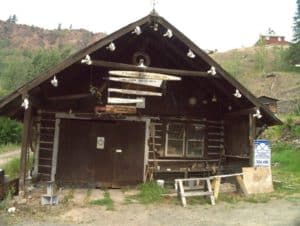
Dease Lake had long been connected to Telegraph Creek by a pack trail, which became a rough wagon road, and eventually, a supply road suitable only for the most adventurous drivers, like one of the Callbreaths who drove a delivery truck from the head of navigation in Telegraph Creek to the community of Dease Lake. Telegraph Creek, itself, had two major stores, Callbreath Store and of course, Hudsons Bay. John Frank Callbreath, Kathy’s great-great grandfather, was the first “white” trader in Telegraph Creek. (His mother was 1/2 Cherokee).
But once the highway connected from the north, supplies ran the other way more and more, and the importance of riverboats from Wrangell, AK, began to wane.
Eventually, the Stewart-Cassiar highway was built south, utilizing some of the logging roads north that had almost reached Iskut, BC, and winding south past what became Meziadin Junction and on to Stewart.

Meziadin junction was the choke point where the logging roads from the south came together and pushed north. To the south, it was accessible from the Cranberry Connector from the Nass Valley, and from Hazelton via logging roads.
The road up from Hazelton, now known as Mitten Lake Road, still exists, but may or may not be open, depending on what’s going on. Last winter, the bridge at Kispiox Village was hit by a snowplow and had to be closed for some time to vehicle traffic, so they plowed Mitten Lake Road up to Highway 37 at Cranberry Junction.
The Cranberry Connector is still passable, but it is a very rough road. It appears that when they built it, they laid out several thousand pot holes and sprinkled a little gravel around them! The extremely rough 4×4 road out to the very briefly used city of Kitsault turns off the Cranberry several miles from New Aiyansh in the Nass Valley.
First Visit
Highway 37 finally connected directly to Highway 16 in 1979, when the bridge across the Skeena was completed at Gitwangak (still Kitwanga on most maps). We made the trip early that summer in a 1968 Ford half-ton pickup with a cracked exhaust manifold. I put a wooden frame up from the stake holes in the box, loaded the canoe on top (which we never took off the entire trip) and tied a tarp down tight over the canoe, making a very rough camper out of it.
We left early in the morning with Kathy’s little sister and were in Telegraph Creek early enough to camp down at 6-Mile beside the Stikine. But that was a very dusty trip. Most of the highway was gravel, and heavy ore truck heading to Stewart roared down the center of it from Cassiar. The bridge wasn’t in at Gitanyow (Kitwancool), so we had to go around in sand you just had to take a run at and hope you didn’t sink in until you got to where the finished section began. And what a surprise that was! Suddenly we were the only vehicle on a beautiful, freshly paved and marked highway in the middle of nowhere!
But it wasn’t long before we were back on gravel, although a properly built gravel highway, rather than the stretch of bottomless sand at Gitanyow.
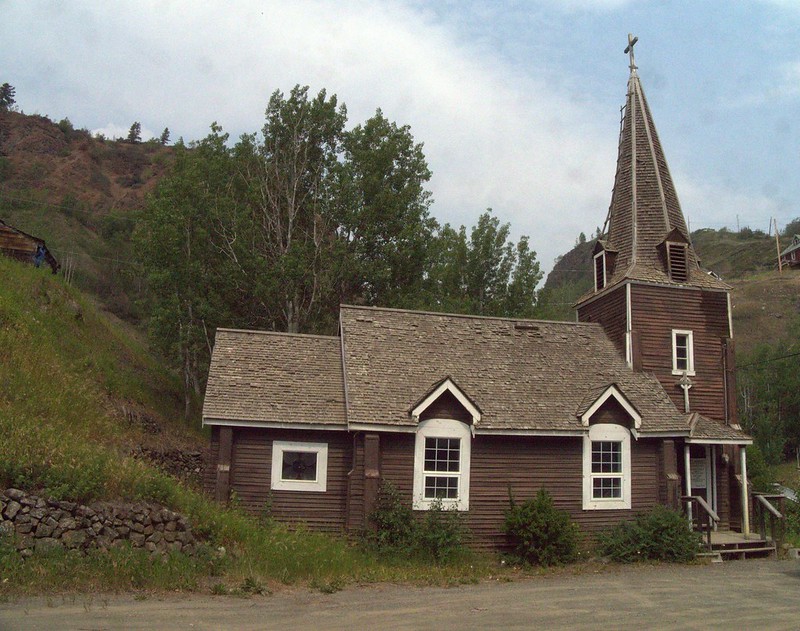
Back in the Family
Much more could be written about that trip, and hopefully will be in time, but suffice to say, we made it there and back, met many relatives in Telegraph Creek, and fell in love with the place. It was on that trip when we first got the idea of trying to buy the Vance house and get it back into the family.
The second time we went up was in 1981 in a brand new Monte Carlo. People must have thought we were crazy when we came into town in a car! After that we came in with our camper. We’ve made trips in various vehicles since then.
But the owner of the Vance house would not sell. We saw it in increasing levels of deterioration each time we went in. But finally, in late 2020, the opportunity presented itself. The owner, getting on in years, decided to offer it to us for sale, and we jumped. By early 2021, the property was ours.
But this was in the middle of COVID 19. We would make plans to go north, then another lockdown would happen. So we waited, hoping things would open up.
2021
Things finally did open up, but then the Telegraph Creek road, now known as Highway 51, washed out in section after section starting around Caribou Camp, just outside of Dease Lake and even past Telegraph Creek as it heads to Glenora. It stayed cold an unusually long time, keeping the snow from its usual gradual melt, then suddenly warmed up AND began raining.
The highway washed out in multiple places; in others, it became almost bottomless at Moosehorn Swamp and beyond, and the road down into “downtown,” the old town of Telegraph Creek where the Vance house is, was out all the way from the top to the Stikine River.
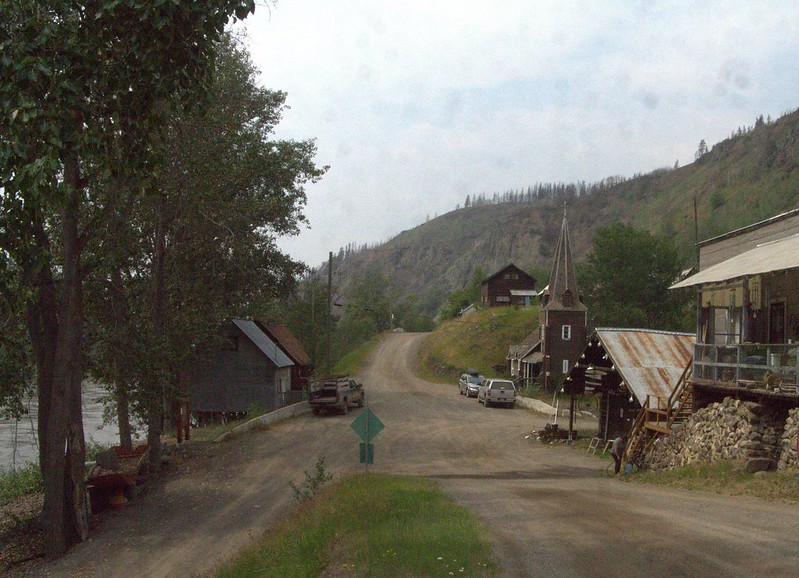
As they worked to reopen Highway 51, it became apparent they weren’t going to let us in with our SUV. Only a 4×4 pickup would be allowed through and no trailers.
So, we traded in our SUV for the truck, bought a portable wood stove (as campfires are not allowed in the old town), a generator, and other miscellaneous things to be able to live there for a month or so while we worked on our place.
But there were many delays on the rebuilding of the road downtown, and no other way in other than on foot.
A Trip Cut Short
Finally, in September, we got the go ahead. We loaded up and headed north in our new truck. But then it broke down just west of Houston, BC, thankfully allowing us to limp into Terrace, BC, for warranty repairs. But that required parts that had to be ordered. So we spent a big chunk of our time waiting to get our truck back.
That let us visit my old home area of Hazelton, BC, and the Kispiox, and to connect with friends I’ve known since I was born. They are like family, so it was time well spent.
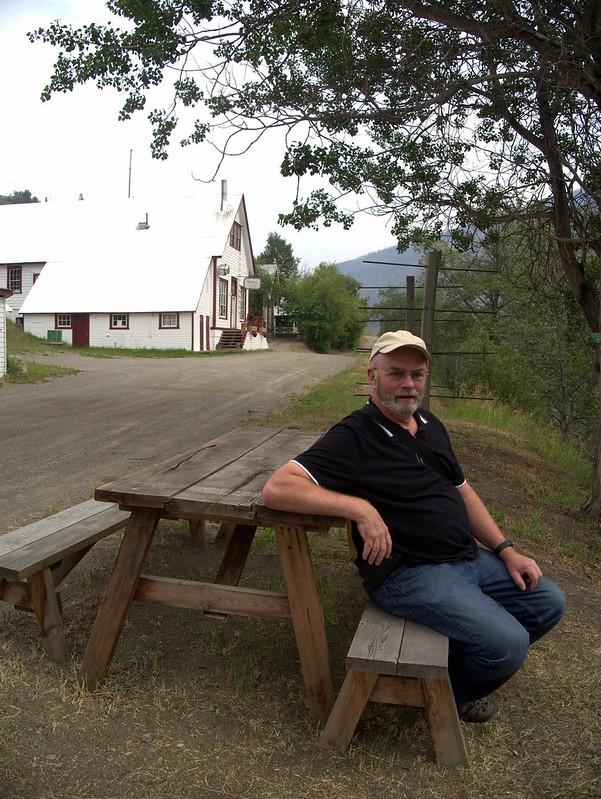
But by the time the truck was ready, along with the COVID-19 quarantine period we would have to go through once we got up there and the heavy rain that decided to hit, we headed for home in the south. Telegraph Creek would have to wait a while longer.
We are looking ahead. Kathy is working in language preservation, which may even take us to Telegraph Creek in February. But next summer is not really that far away.
If one thing is very predictable about life, it’s that life is unpredictable!
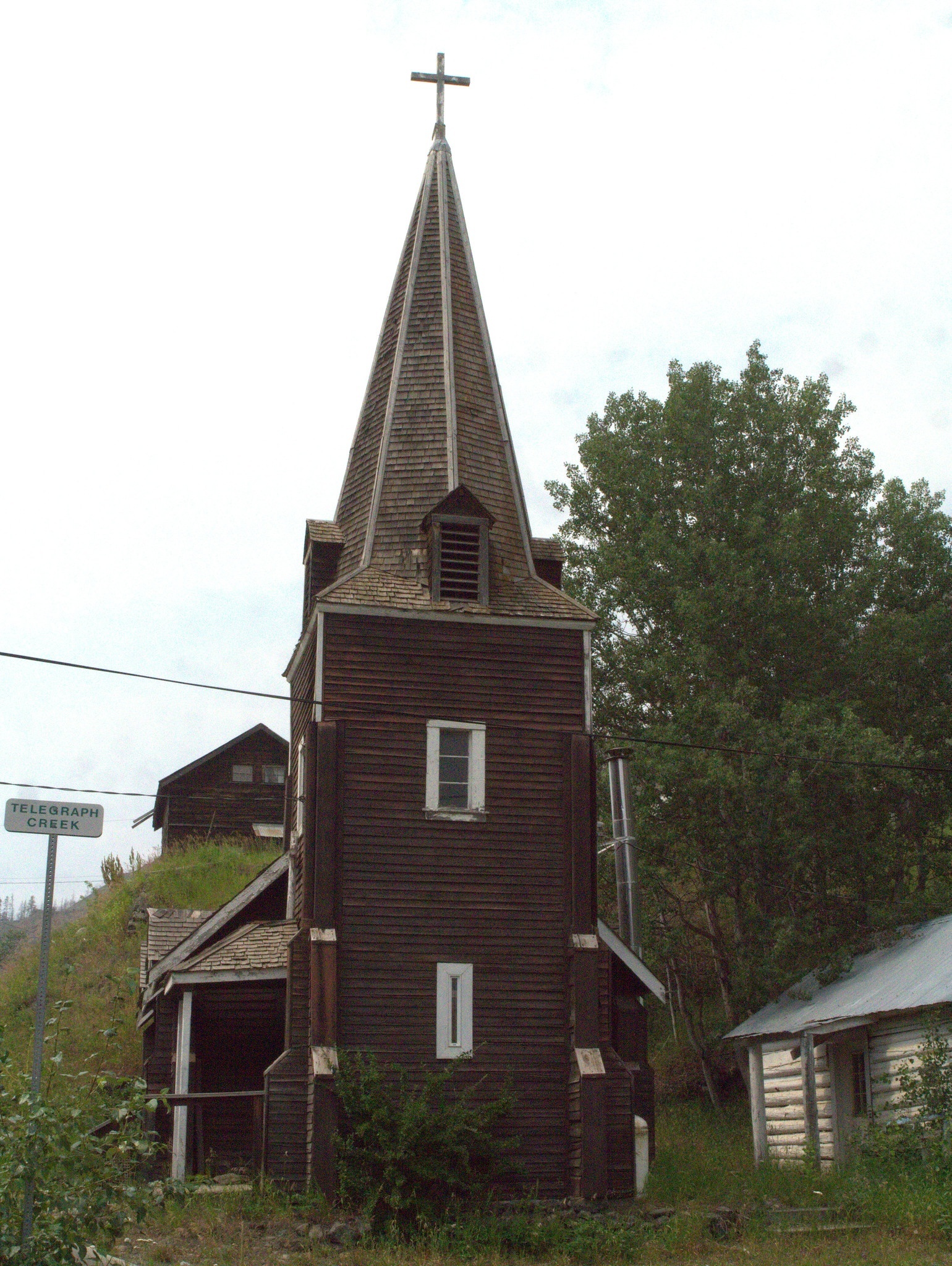
3 thoughts on “Trying to Get to Telegraph Creek in 2021”
Hi Dave,
I hope this note finds you well. I’m contacting you because I’m writing a piece about my mum, Trish Lewis. Trish worked as a nurse in Telegraph Creek from 1971-1973. I’m looking to confirm small details like when Hwy 37 was opened. I see in your blog you listed that occurring in 1979. I’m wondering if you have any source for that? I haven’t been able to find anything concrete (no pun intended!)
Kathy
Hi Kathy,
It’s great to know of your connection to the area. A lot has changed since your mum was here!
Official records state the bridge connecting highway 37 north across the Skeena to the Yellowhead (highway 16) was opened in 1975. However, from our own experience, the highway was virtually impassable even in 1979 to all but the most determined for several kilometres until the bridge was opened just north of Gitanyow (Kitwancool in those days). Access to 37 above that point was along several kilometres of very unstable surface to a Bailey bridge across to the (shockingly) perfectly paved and marked highway (which didn’t last long before it became a decent gravel surface).
The highway by Gitanyow was moved to the east sometime later, bypassing both the village and the aforementioned bridge.
I highly recommend a visit to Telegraph Creek if you haven’t made the trip recently. It would be quite an eye-opener to compare both the road in from Dease Lake, as well as the modern village, to what it was like when your mum was there. A lot has changed!
Very kindly,
Dave